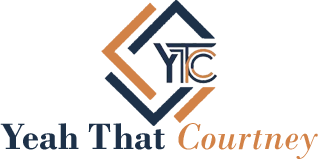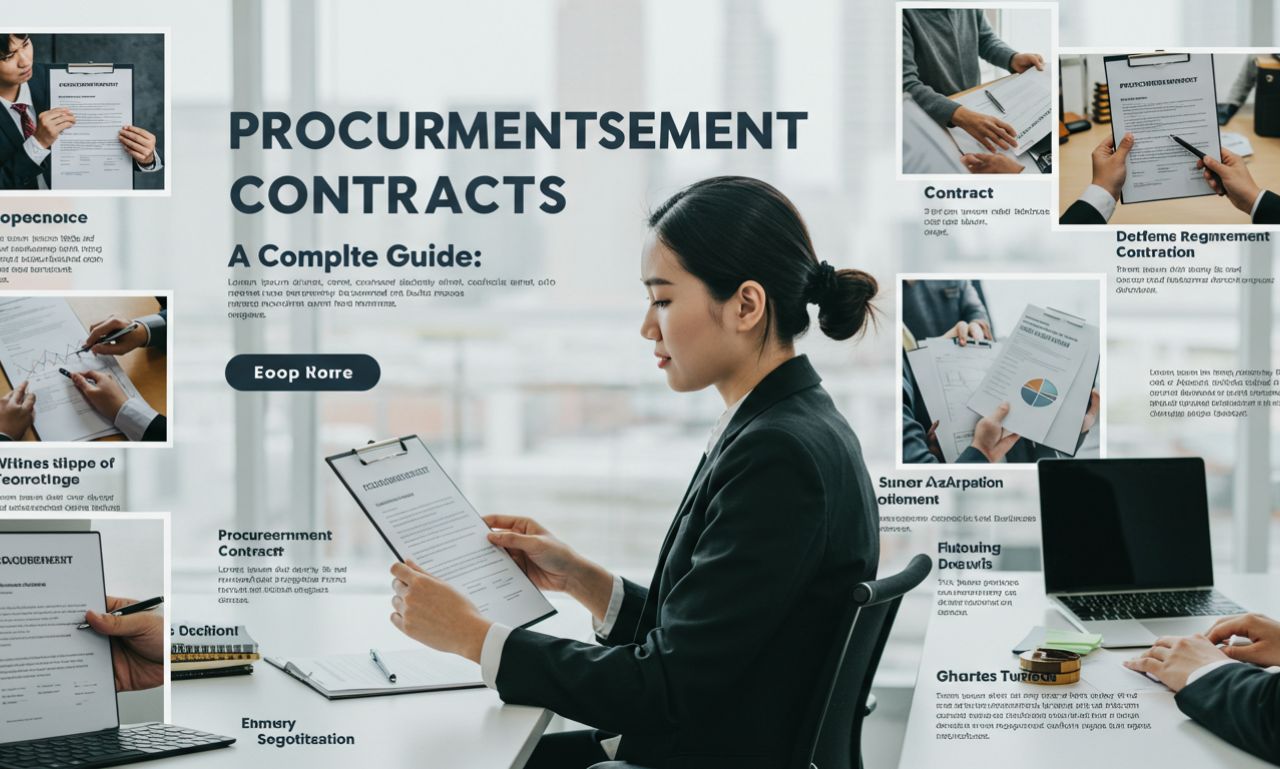Procurement contracts form the backbone of business transactions between organizations and suppliers. These legally binding agreements outline terms for purchasing goods, services, or works at specified prices and conditions. With global procurement spending exceeding $13 trillion annually, understanding these contracts has never been more critical for businesses of all sizes.
Effective procurement contracts align buyer needs with supplier capabilities while mitigating risks. They establish clear expectations regarding quality standards, delivery timelines, payment terms, and dispute resolution mechanisms. In today’s complex supply chains, well-structured contracts can mean the difference between project success and costly failures.
This comprehensive guide explores various contract types, key components, negotiation strategies, and management best practices. Whether you’re a procurement professional or business owner, mastering these concepts will enhance your purchasing power and supplier relationships.
Types of Procurement Contracts
Fixed-Price Contracts
Fixed-price contracts establish predetermined costs for goods/services regardless of market fluctuations or production expenses. Common in stable market conditions, they provide budget certainty but transfer most risk to suppliers. Variations include firm-fixed-price (FFP) and fixed-price-incentive-fee (FPIF) contracts.
Cost-Reimbursable Contracts
These contracts reimburse suppliers for actual costs plus agreed-upon fees. Used when project scopes are uncertain, they include cost-plus-fixed-fee (CPFF) and cost-plus-incentive-fee (CPIF) structures. While offering flexibility, they require rigorous cost monitoring to prevent overspending.
Time-and-Materials Contracts
Hybrid contracts combining fixed hourly rates with material cost reimbursements. Ideal for service-based procurement like consulting or maintenance work, they offer flexibility but need careful oversight to control expenses.
Key Components of Procurement Contracts
Scope of Work
The contract’s foundation detailing products/services, quantities, quality standards, and performance expectations. A well-defined scope prevents misunderstandings and establishes measurable deliverables.
Pricing and Payment Terms
This section specifies pricing structures, payment schedules, currency, and adjustment clauses. Including escalation clauses for long-term contracts protects against inflation risks.
Delivery and Performance
Critical timelines, inspection procedures, acceptance criteria, and liquidated damages for delays. Performance bonds or guarantees often supplement these provisions.
Procurement Contract Lifecycle
Planning Phase
Involves needs assessment, market research, and procurement strategy development. Stakeholder alignment and requirement documentation occur here.
Solicitation Phase
Includes RFx processes (RFI, RFP, RFQ), supplier evaluation, and competitive bidding. Effective scoring criteria ensure objective vendor selection.
Award and Execution
Final negotiations, contract signing, and kickoff meetings transition planning into implementation. Proper onboarding sets the tone for successful execution.
Legal Considerations in Procurement
Contract Formation
Requires offer, acceptance, consideration, and mutual intent to be bound. Electronic signatures now carry equal weight to traditional ones in most jurisdictions.
Compliance Requirements
Addresses regulatory obligations like anti-bribery laws (FCPA), trade restrictions, and industry-specific regulations. Non-compliance risks severe penalties.
Dispute Resolution
Specifies mediation, arbitration, or litigation procedures. Choice-of-law and forum selection clauses prevent jurisdictional conflicts.
Risk Management Strategies
Risk Identification
Systematic assessment of potential supply disruptions, cost overruns, quality issues, and counterparty risks through SWOT analysis.
Risk Allocation
Balanced distribution of risks through insurance requirements, indemnification clauses, and limitation of liability provisions.
Contingency Planning
Includes alternative supplier arrangements, force majeure clauses, and exit strategies for contract termination scenarios.
Technology in Contract Management
E-Procurement Systems
Digital platforms streamline sourcing, contracting, and supplier management through automation and analytics.
Blockchain Applications
Smart contracts enable self-executing agreements with automated payments upon milestone achievements.
AI-Powered Analytics
Machine learning predicts supplier risks, optimizes terms, and identifies cost-saving opportunities in contract portfolios.
Global Procurement Considerations
Cross-Border Challenges
Addresses currency risks, customs regulations, Incoterms®, and cultural differences in negotiation styles.
International Trade Laws
Covers export controls, sanctions, local content requirements, and trade agreement utilization.
Ethical Sourcing
Emphasizes supplier diversity, environmental sustainability, and human rights compliance in global supply chains.
Best Practices for Success
Supplier Relationship Management
Prioritizes collaborative partnerships over transactional interactions through joint planning and performance incentives.
Continuous Improvement
Regular contract reviews, lessons-learned analyses, and benchmarking against industry standards.
Talent Development
Invests in procurement teams’ negotiation skills, market intelligence capabilities, and technological proficiency.
Future Trends in Procurement
Sustainable Procurement
Growing emphasis on carbon-neutral supply chains and circular economy principles in contracting.
Resilience Focus
Post-pandemic shift toward diversified supplier bases and inventory strategies in contract terms.
Digital Transformation
Increased adoption of predictive analytics, IoT-enabled contract performance monitoring, and cognitive procurement tools.
Conclusion: Strategic Procurement Advantage
Well-crafted procurement contracts serve as powerful strategic tools beyond mere transactional documents. They create competitive advantages through optimized costs, mitigated risks, and innovation partnerships.
As procurement evolves from tactical purchasing to value creation, organizations must elevate their contracting capabilities. Investing in robust processes, skilled personnel, and digital tools will separate industry leaders from followers.
The future belongs to agile organizations that view procurement contracts as living frameworks for collaborative success rather than static legal obligations. Those mastering this paradigm will thrive in increasingly complex and volatile markets.

